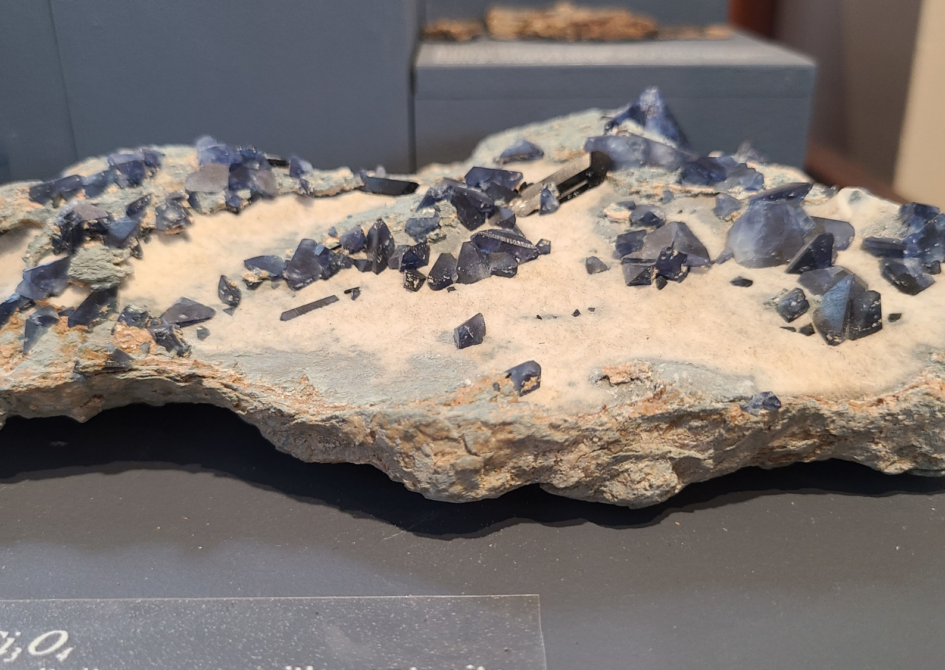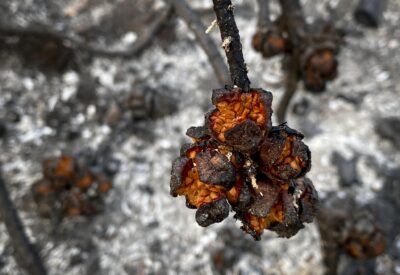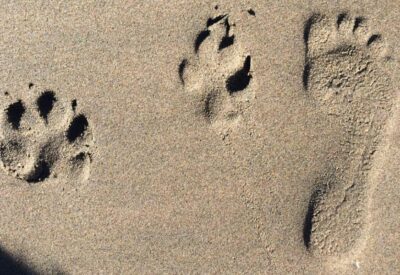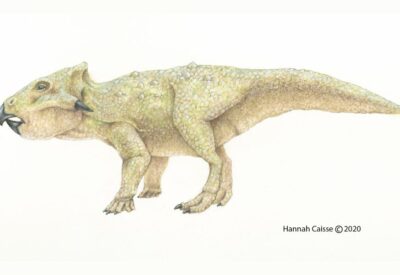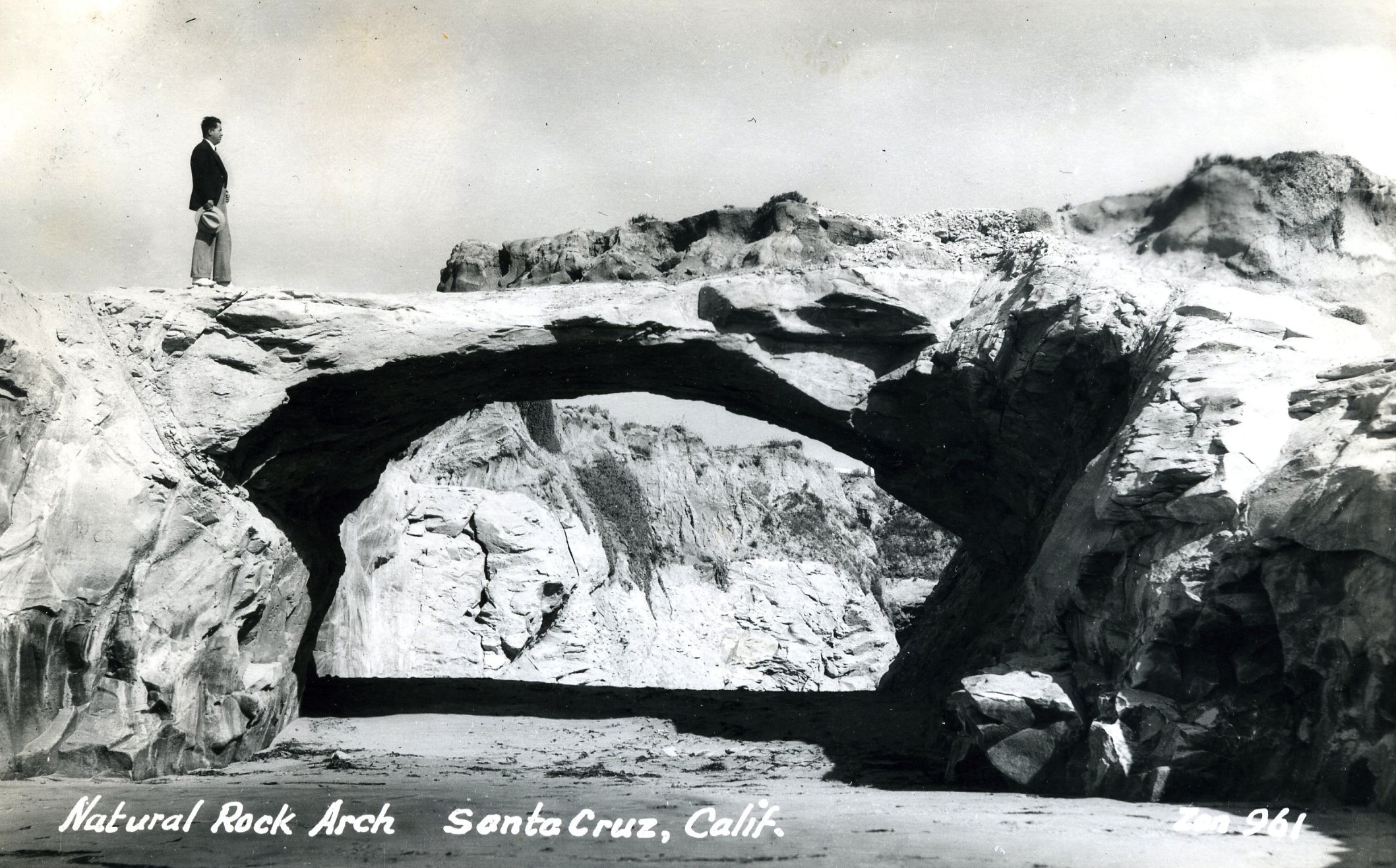
Rock Types of Santa Cruz County
The three basic types of rocks — igneous, metamorphic and sedimentary — occur in Santa Cruz County. All are composed of minerals. Some consist of primarily one mineral, as in the case of marble, while others are an aggregate of many different minerals, as in the case of granite and conglomerate.
Each rock type in the Santa Cruz area represents a different chapter in this region’s geologic past, and each has its own unique story to tell. The rocks of this area are mostly covered by soil and vegetation, so geologists must rely on scattered outcrops in creek beds, quarries, road cuts and sea cliffs in order to piece together the geologic history.
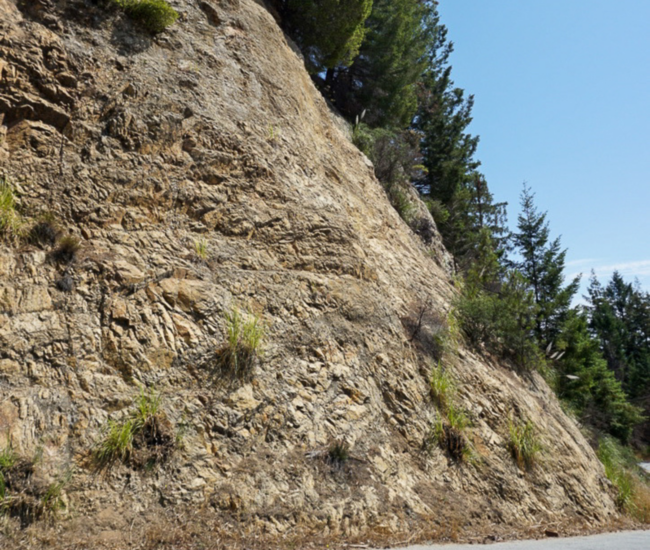
Igneous Rocks
Igneous rocks formed from molten rock called magma. Plutonic rocks, such as granite, gabbro and alaskite, cooled very slowly, solidifying deep below the earth’s surface. This provided time for larger crystals of quartz, feldspar, mica and other minerals to form, giving the rocks a coarse texture. Volcanic rocks, such as basalt, cooled quickly at the earth’s surface and are very fine grained.
(Pictured: Granite, Empire Grade Road)



Metamorphic Rocks
The metamorphic rocks of this area are a geological enigma. They predate the granite rocks and were originally sedimentary rocks such as limestone, shale and sandstone. These were respectively metamorphosed into marble, schist and quartzite by the intrusion of magma about 100 million years ago. How much earlier these rocks were laid down as sediment, however, remains a mystery.
(Pictured: Marble, UCSC Quarry)


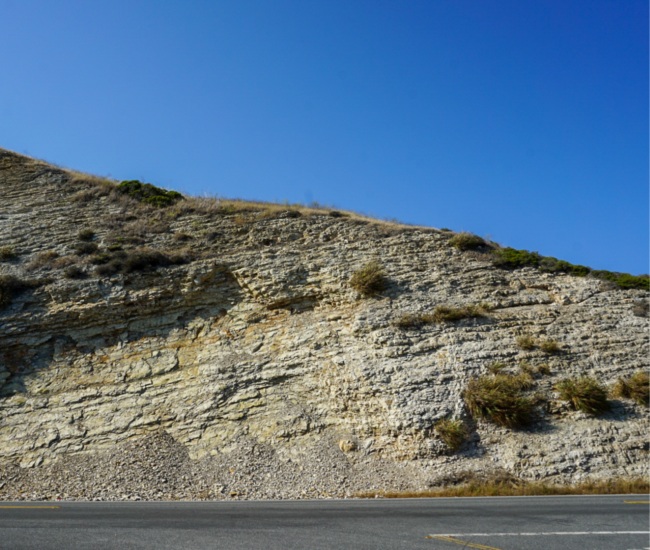
Sedimentary Rocks
Sedimentary rocks in the Santa Cruz area originated for the most part from sediment such as mud, sand and gravel that was deposited on the sea floor. Over millions of years chemical alteration and pressure from burial hardened the sediment into rock. These rocks overlie the igneous and metamorphic rocks of this region and are of a younger age.
(Pictured: Mudstone, HWY 1 North of Santa Cruz)


Minerals
Minerals are the naturally occurring crystalline substances that make up the rocks around us. Minerals such as quartz, feldspar, and calcite are the most common constituents of rocks in this area. Dozens of other mineral species occur here, but in small amounts. Large, well-formed crystals- the kind most sought after by collectors- are scarce.
Several minerals in this region have proven to be of great economic importance. Cinnabar (the chief ore of mercury) has been mined extensively at the New Almaden on the east slope of the Santa Cruz Mountains. Calcite (in the form of marble) has long been quarried near Santa Cruz for the manufacturing of lime and cement.























